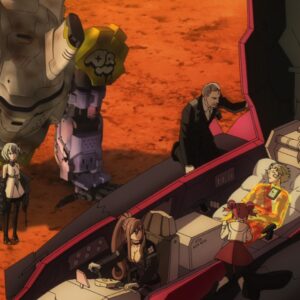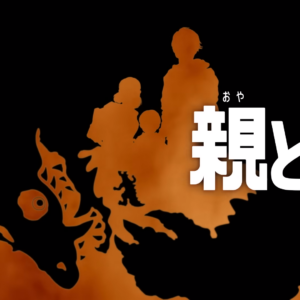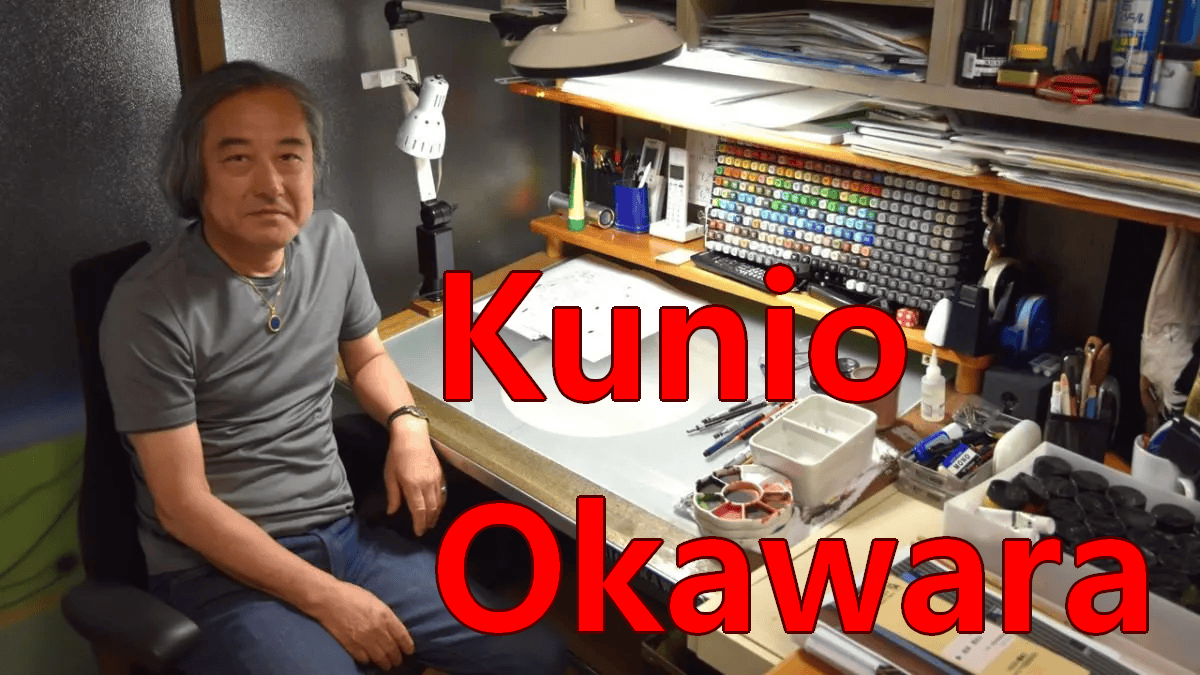
Mecha Personnel Profile: Kunio Okawara – The First Mechanical Designer
Mechanical Design is an important job in the pre-production process of an anime series, especially for sci fi or mecha anime, genres whose highlights are often the machines. For anime viewers in general and mecha fans in particular, machines with impressive shapes and meticulous details are highly appreciated, so mechanical designers often receive massive amounts of attention and love. Among them, the man who started this profession, as well as one of the famous designers, is Kunio Okawara.
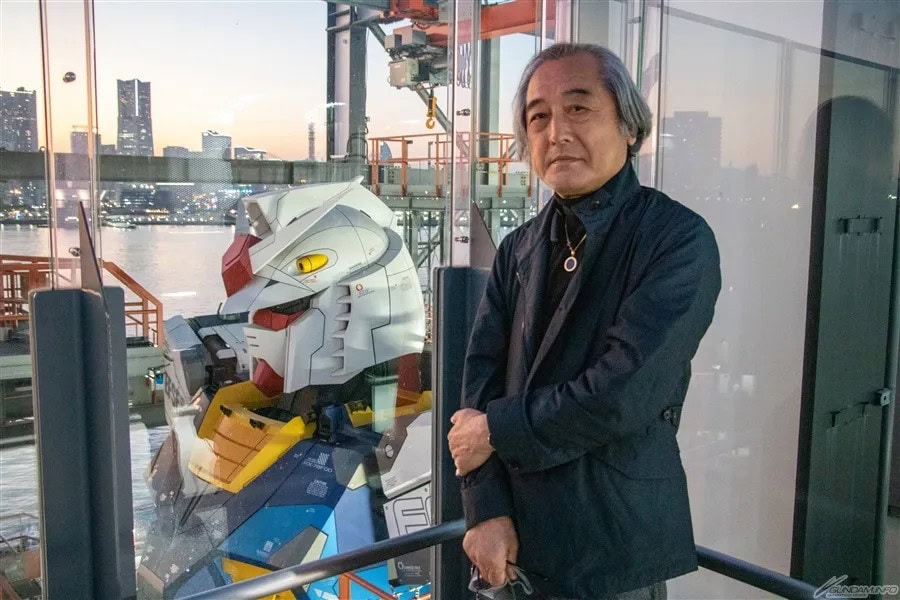
I. Background:
Kunio Okawara, was born on December 26, 1947 in a family in Inagi, Tokyo. He enrolled in graphic design at Tokyo Zokei University, and switched to textile design after a year. After graduating, he worked in one of the largest apparel and textile companies, Onward Kashiyama. However, after a while, he transferred to Tatsunoko Productions so he could work closer to his wife.
Kunio Okawara started drawing backgrounds for Tatsunoko Productions, until he was asked by his boss Mitsuki Nakamura to design mecha for a series called “Science Ninja Team Gatchaman”. From here, Nakamura founded the “Design Office MECHAMAN” with Okawara and it was here that Okawara received the first ever recorded industry credit of “mechanical designer”. Afterwards, Okawara continued to contribute to the studio’s anime series such as Hurricane Polymar and Tekkaman, and designed the main mecha for Gowappa 5 Godam, before leaving the studio and becoming a freelance artist. He continued to take on some design work from his old company, while working with a new partner, studio Nippon Sunrise (now known as Sunrise/Bandai Namco Filmworks).
After mechanical design for Nippon Sunrise’s “Invincible Steel Man Daitarn 3” series, Okawara was commissioned to design mecha and machines for the next project, “Gunboy” (later renamed “Mobile Suit Gundam”), where he made history with the classic designs of the famous MS in the series, such as RX-78-2 Gundam, Zaku II, Dom, etc. After the huge success of Mobile Suit Gundam, Okawara went on to design mecha for most of the Gundam productions, as well as for countless other Sunrise shows.
One of the things that sets Mr. Okawara apart from others in the industry is his approach to work. In interviews, he always emphasized that the reason he initially entered the industry was not because he was extremely passionate about anime and manga, and this allowed him to approach his work from an artisan’s perspective rather than an artist. From this perspective, he carries out each project calmly, only needs to comply with deadlines and is objective about the entire work. He also realized that anime is a team work involving a lot of people, so he always tries to design as closely to the request as possible, with the animators and voice actors in mind, and never misses any deadline.
Kunio Okawara, was born on December 26, 1947 in a family in Inagi, Tokyo. He enrolled in graphic design at Tokyo Zokei University, and switched to textile design after a year. After graduating, he worked in one of the largest apparel and textile companies, Onward Kashiyama. However, after a while, he transferred to Tatsunoko Productions so he could work closer to his wife.
Kunio Okawara started drawing backgrounds for Tatsunoko Productions, until he was asked by his boss Mitsuki Nakamura to design mecha for a series called “Science Ninja Team Gatchaman”. From here, Nakamura founded the “Design Office MECHAMAN” with Okawara and it was here that Okawara received the first ever recorded industry credit of “mechanical designer”. Afterwards, Okawara continued to contribute to the studio’s anime series such as Hurricane Polymar and Tekkaman, and designed the main mecha for Gowappa 5 Godam, before leaving the studio and becoming a freelance artist. He continued to take on some design work from his old company, while working with a new partner, studio Nippon Sunrise (now known as Sunrise/Bandai Namco Filmworks).
After mechanical design for Nippon Sunrise’s “Invincible Steel Man Daitarn 3” series, Okawara was commissioned to design mecha and machines for the next project, “Gunboy” (later renamed “Mobile Suit Gundam”), where he made history with the classic designs of the famous MS in the series, such as RX-78-2 Gundam, Zaku II, Dom, etc. After the huge success of Mobile Suit Gundam, Okawara went on to design mecha for most of the Gundam productions, as well as for countless other Sunrise shows.
One of the things that sets Mr. Okawara apart from others in the industry is his approach to work. In interviews, he always emphasized that the reason he initially entered the industry was not because he was extremely passionate about anime and manga, and this allowed him to approach his work from an artisan’s perspective rather than an artist. From this perspective, he carries out each project calmly, only needs to comply with deadlines and is objective about the entire work. He also realized that anime is a team work involving a lot of people, so he always tries to design as closely to the request as possible, with the animators and voice actors in mind, and never misses any deadline.
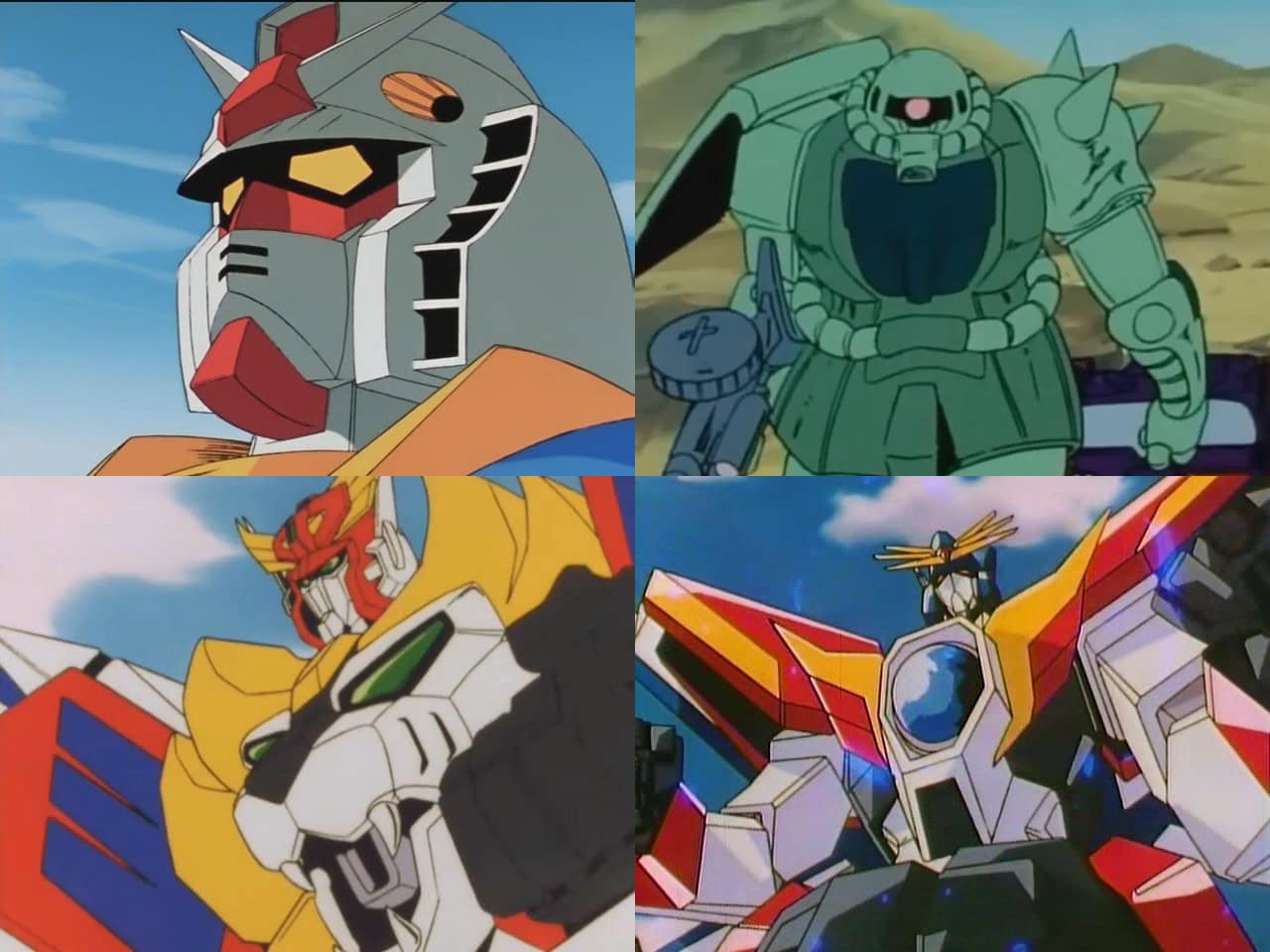
II. Notable Works:
The amount of mechanical design works produced from “Okawara Workshop” is truly enormous. Not only did he design for nearly all of the Gundam series, he also breathed life into other Real Robot series of Sunrise in the 80s such as Fang of the Sun Dougram, Armored Trooper VOTOMS, Panzer World Galient, Blue Comet Layzner, Galactic Drifter Vifam, Metal Armor Dragonar, Xabungle. The early 90s saw a return to Okawara’s Super Robot designs in series like Madou King Granzort, Raideen The Superior, Shippu! Iron Leaguer, and especially the Brave series. To date, he still accepts mechanical design “orders” and works as a new guest designer for several series. He has over 100 series crediting him as mecha designers.
Kunio Okawara’s talent has had a huge influence on the history of mecha, not only because of his contribution to Gundam, but also because of the influence of his designs on modern mechanical designs. His Fang of the Sun Dougram designs were incorporated directly into BattleTech/MechWarrior, and his designs in Armored Trooper VOTOMS inspired the mechas in Heavy Gear, two franchises that heavily influenced robot designs in today’s Western entertainment media.
His design has a notably practical and blocky designs. He also innovated his designs based on what everyone else was drawing at the time. When creating Gundam, he didn’t want to use the traditional rectangular or pipe-shaped limbs, which is why he used a combination of curves and straight edges for the legs.
It is difficult to imagine the Mecha genre without Mr. Kunio Okawara, because his influence on Mecha is so extensive and immense. Not only did he initiate the mechanical design profession in the entertainment industry, he also breathed life into countless mecha works, and inspired thousands of mechanical designers to this day. This year he turns 75 years old, so I wish Mr. Okawara a long life and the best health to continue pursuing his passion and blessing mecha fans with his designs.
III. Gallery:


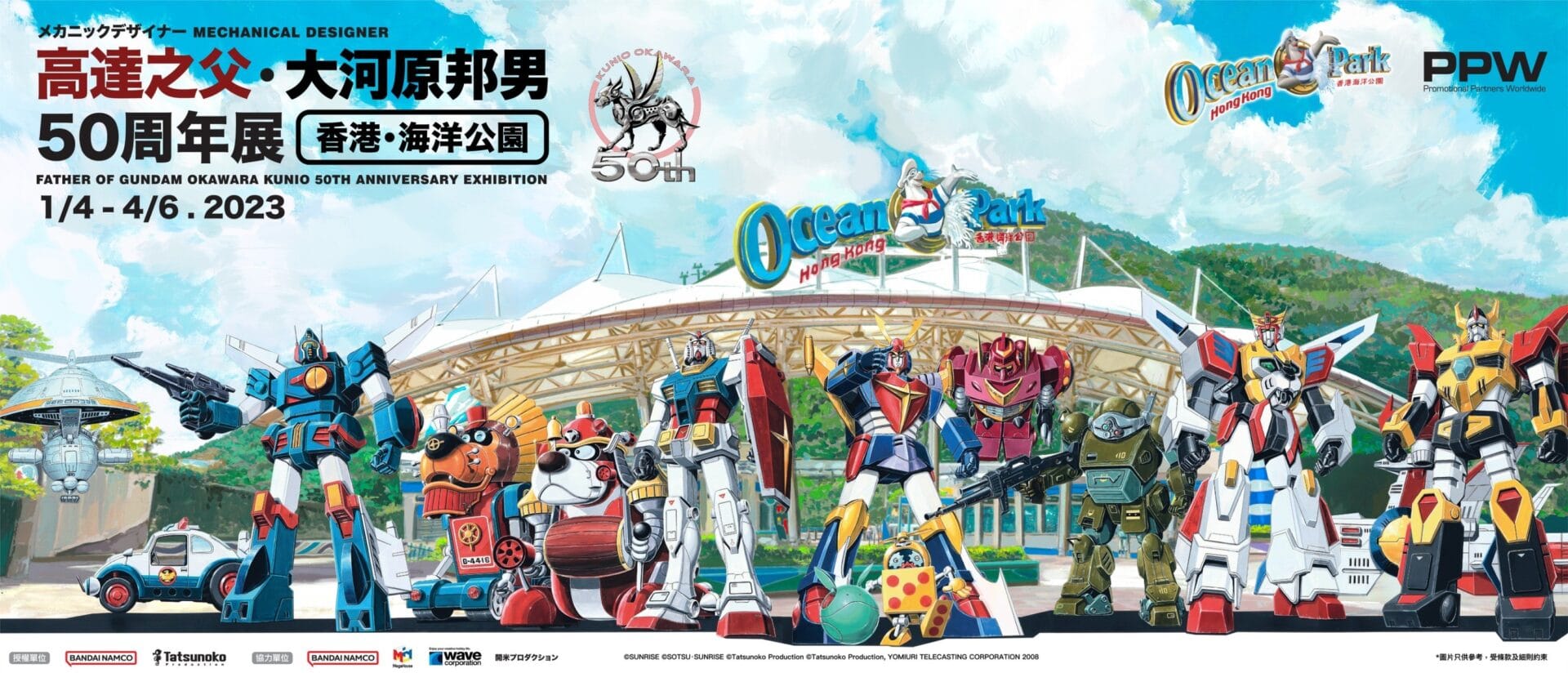
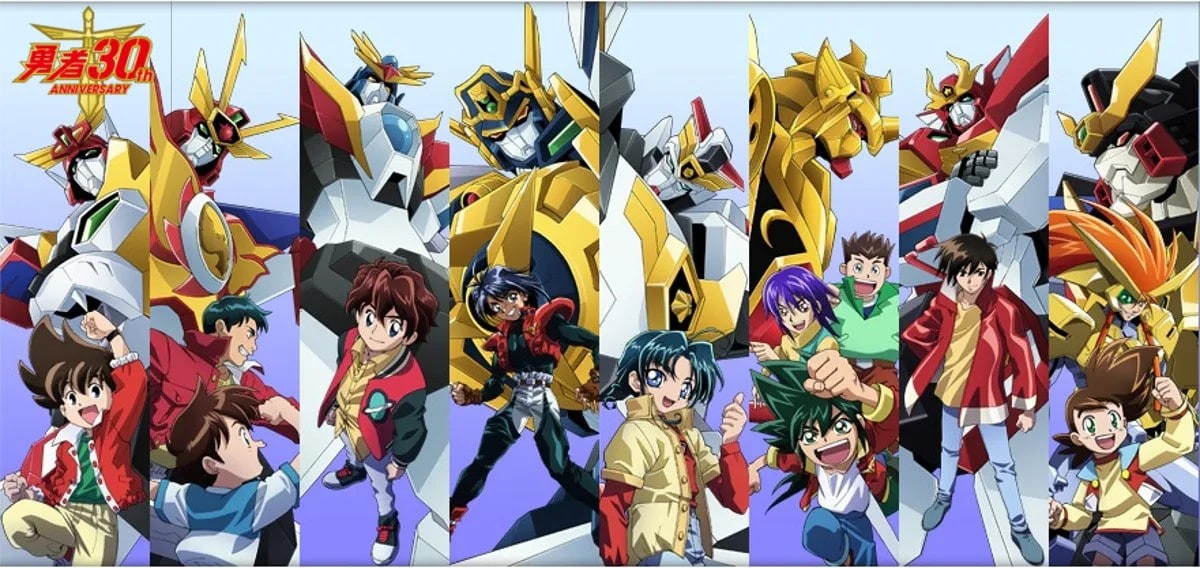

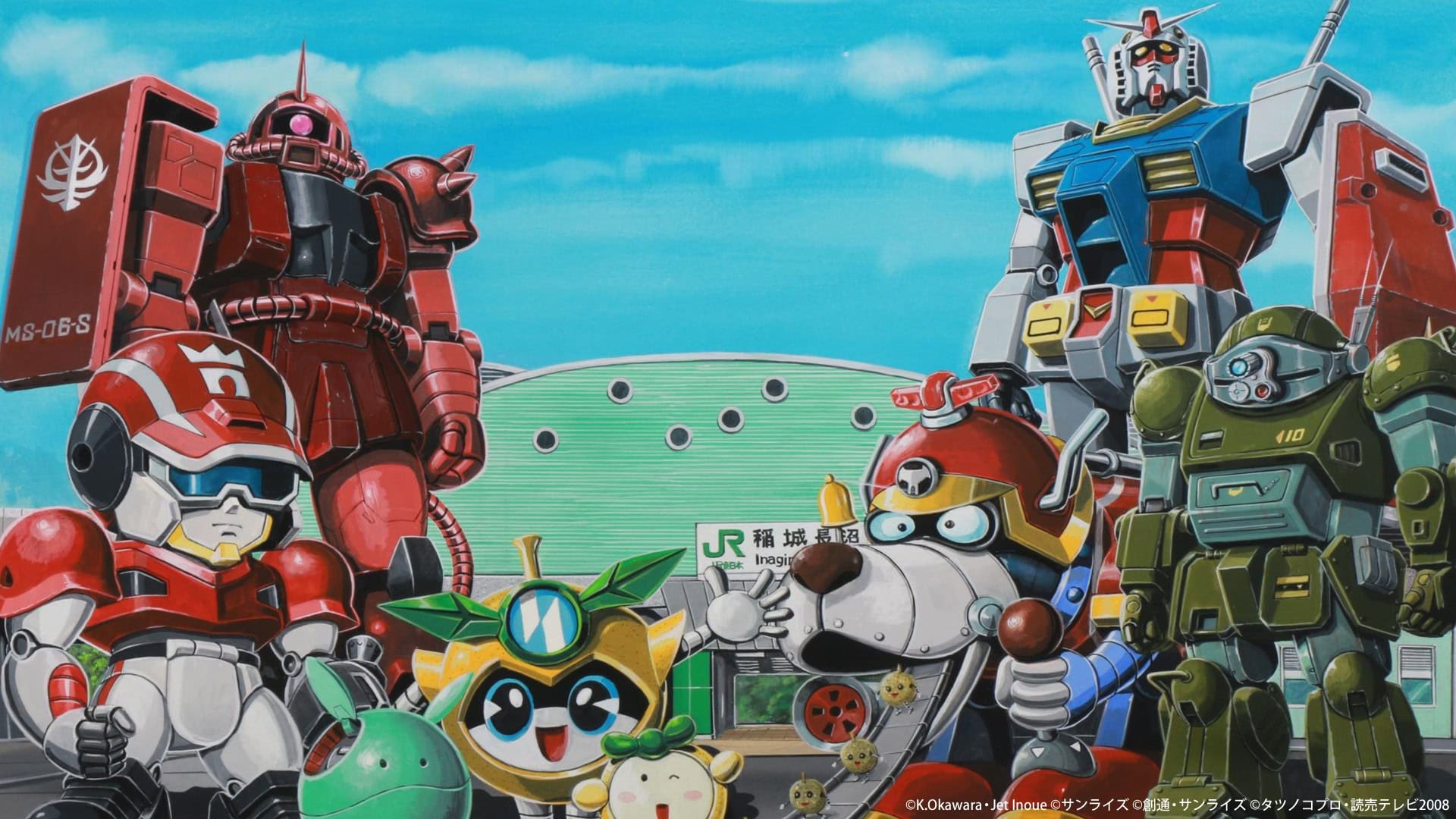
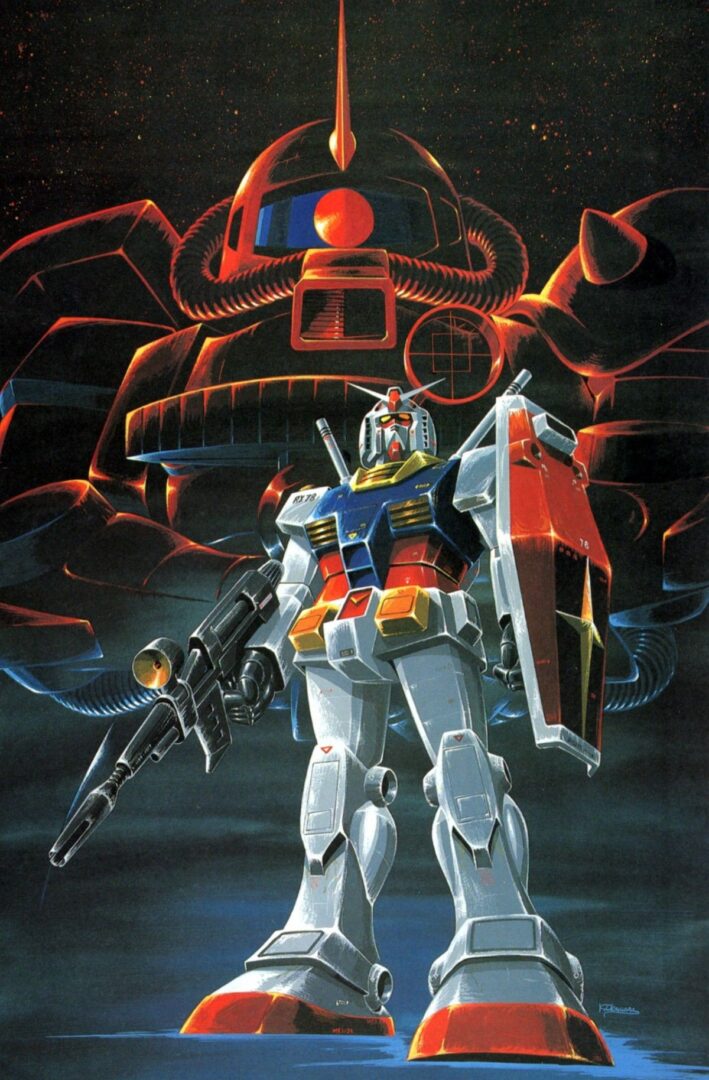

See Also:

A machine fitting for the queen of Neo Zeon. The Qubeley is a special machine made for a special pilot. Its funnel dominate the battlefield.
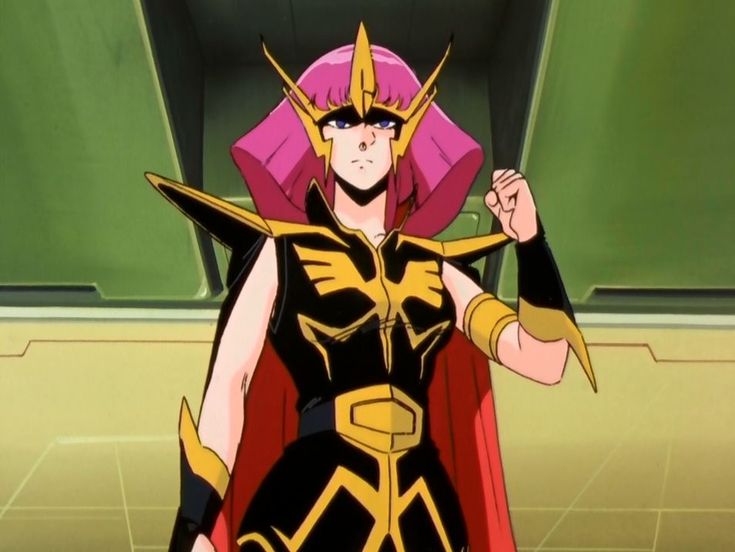
The queen of Neo Zeon, Haman Karn is a charismatic and talented leader, commanding the entire Axis herself. But deep underneath, she possesses a pure soul like any other girl.

Power overwhelming! One of the main Gundam with the highest firepower pre CCA. The ZZ Gundam is an all-in-one combiner that was pivotal in the war against the Neo Zeon.
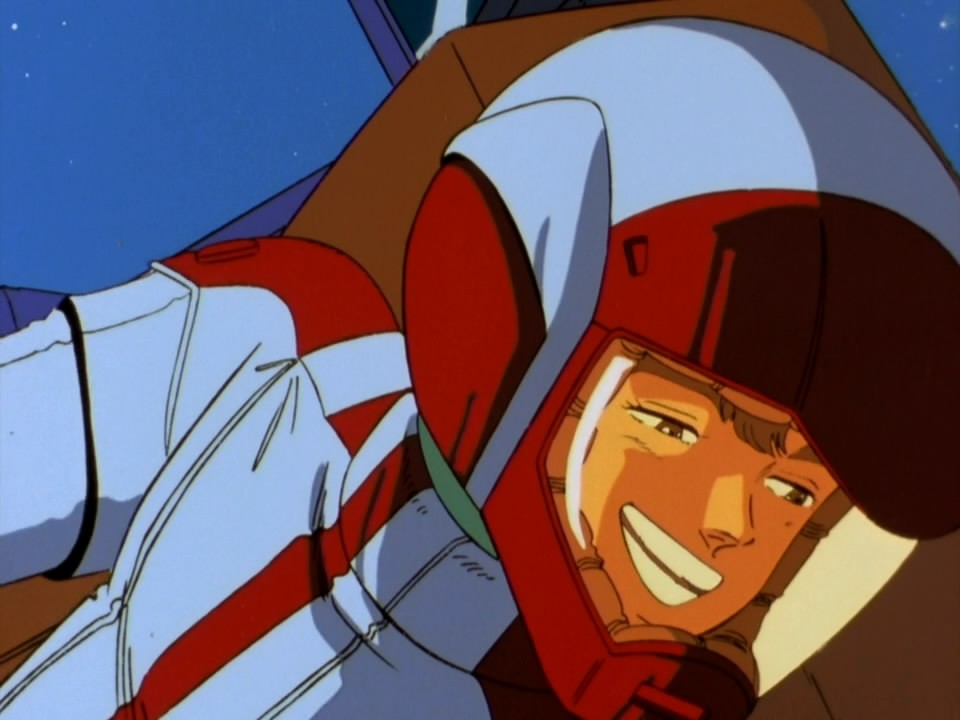
A refreshing protagonist in the war-torn era of UC, Judau Ashta bring the levity to the Gundam franchise. But when on the spot, he can pull his own weight and then some.
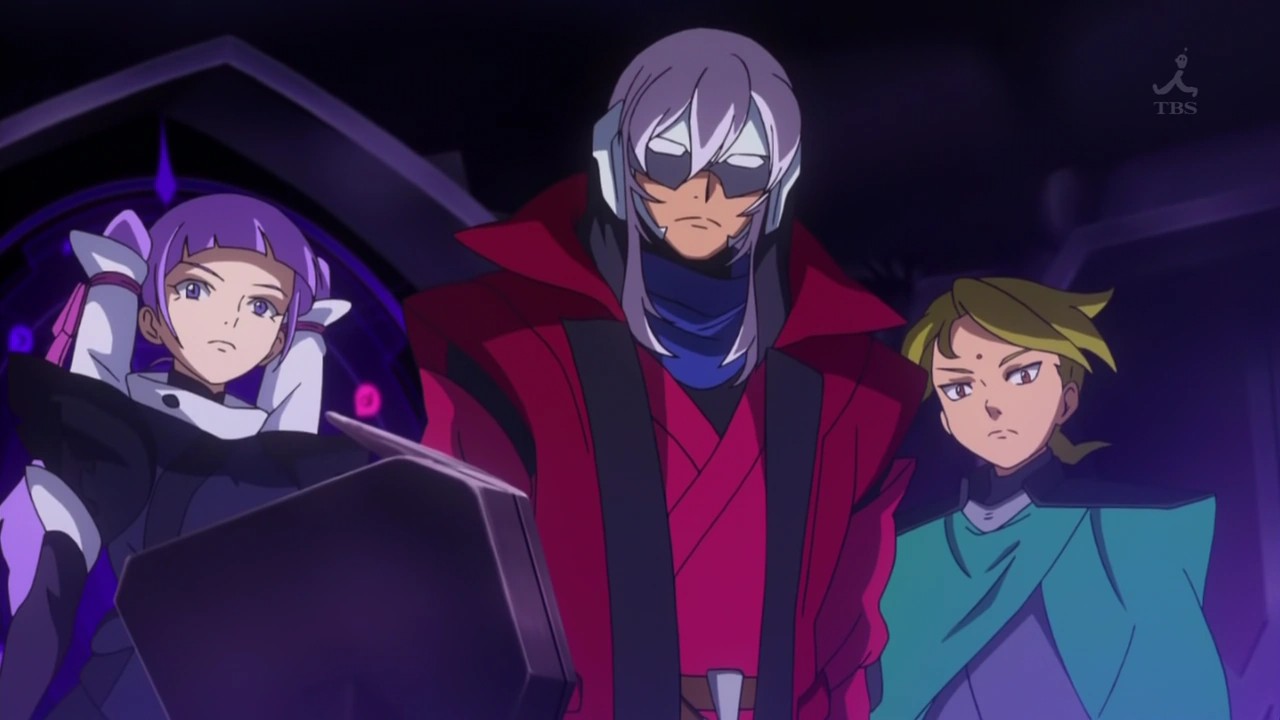
The stoic and talented commander of the Vagan Force. Zeheart leads his people in the war against the Federation, serving the ultimate ideal of Lord Ezelcant. But deep down, he cares about his loved ones.
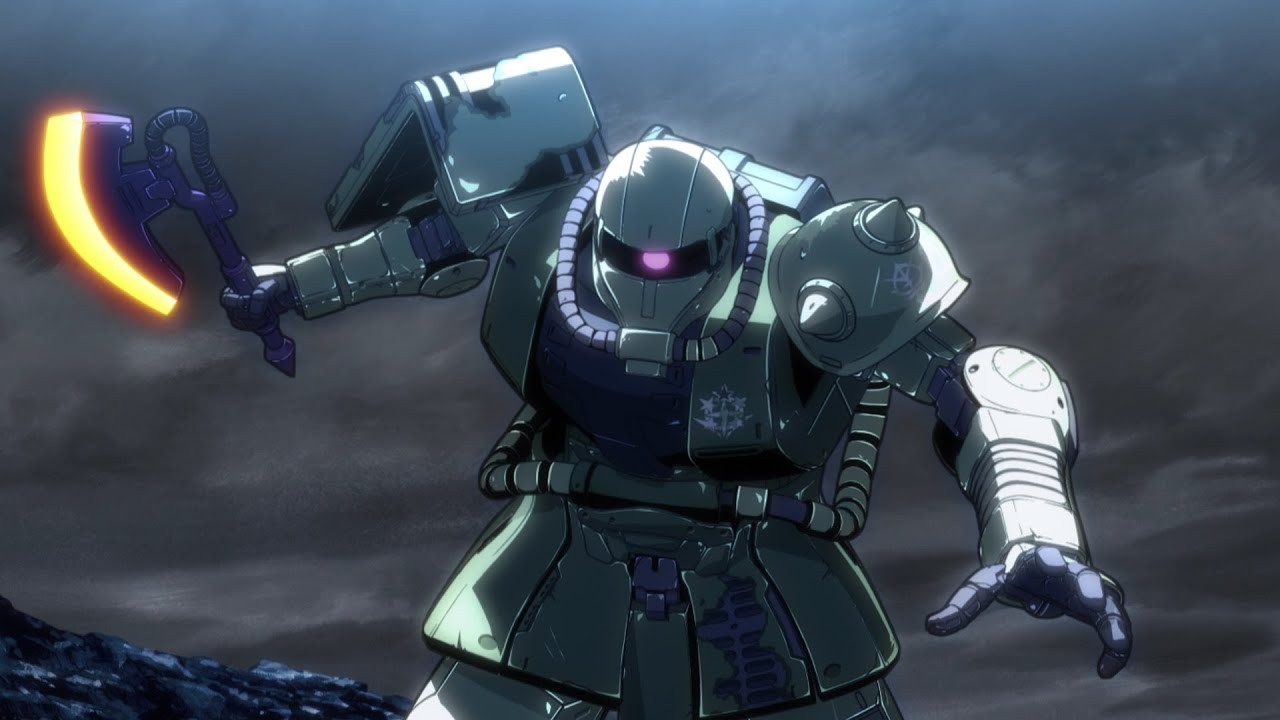
The backbone of the Principality of Zeon in the One Year War. The Zaku is not a super prototype, but its reliable performance has brought Zeon many victories – especially when Char Aznable pilot it.
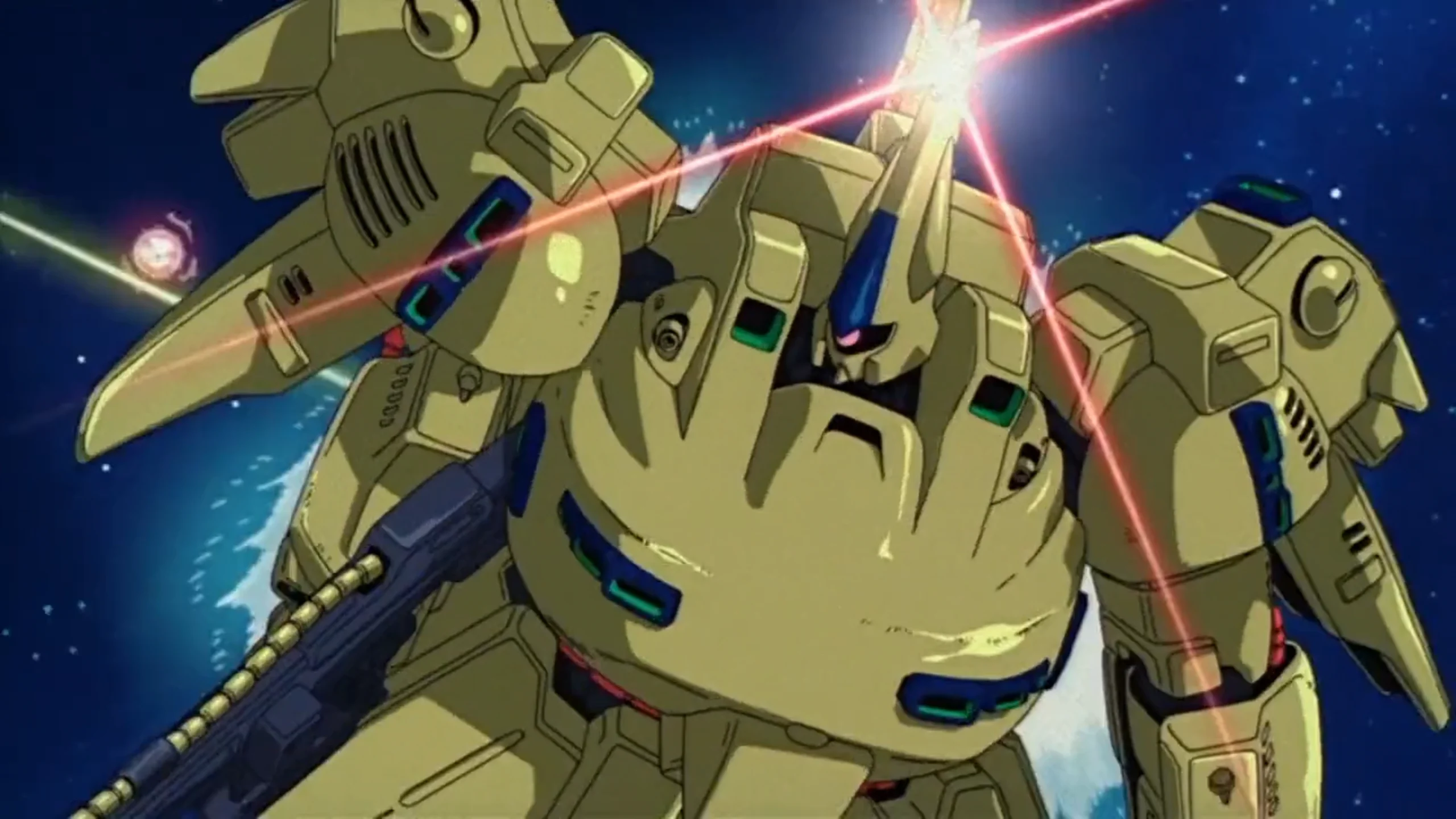
One of the most chonky bois to ever appear on screen. Piloted by the nefarious Scirocco, The-O is an impressive MS that is more agile than it looks.
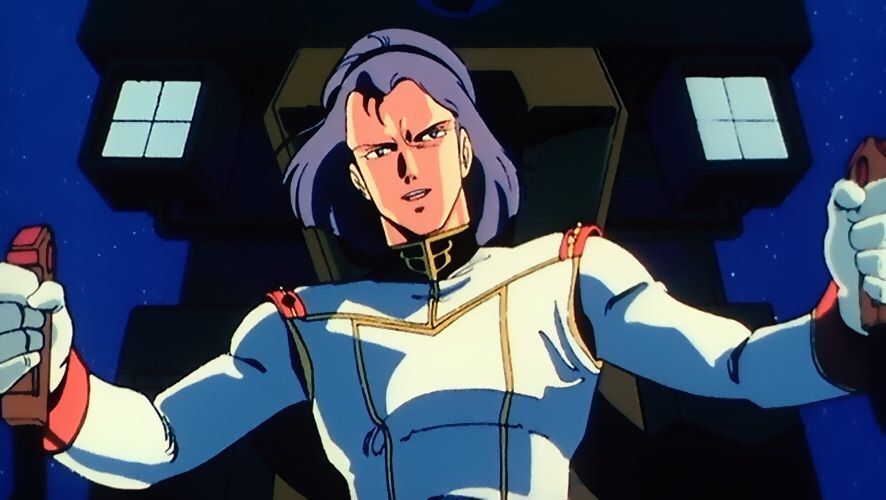
A mysterious and charismatic man from Jupiter that almost plunge the Earth and the Spacenoids into chaos. Paptimus Scirocco is literally a force to be reckon with.

One of the strongest Newtype pilot of Universal Century, Kamille Bidan wiped out the fearsome Titans with the Gundams because they disrespected his name.

The ultimate evolution of the Age Gundams. The Age-FX can bring an X-Rounder’s ability to their maximum potential, featuring funnels that can wipe out fleets of enemy.
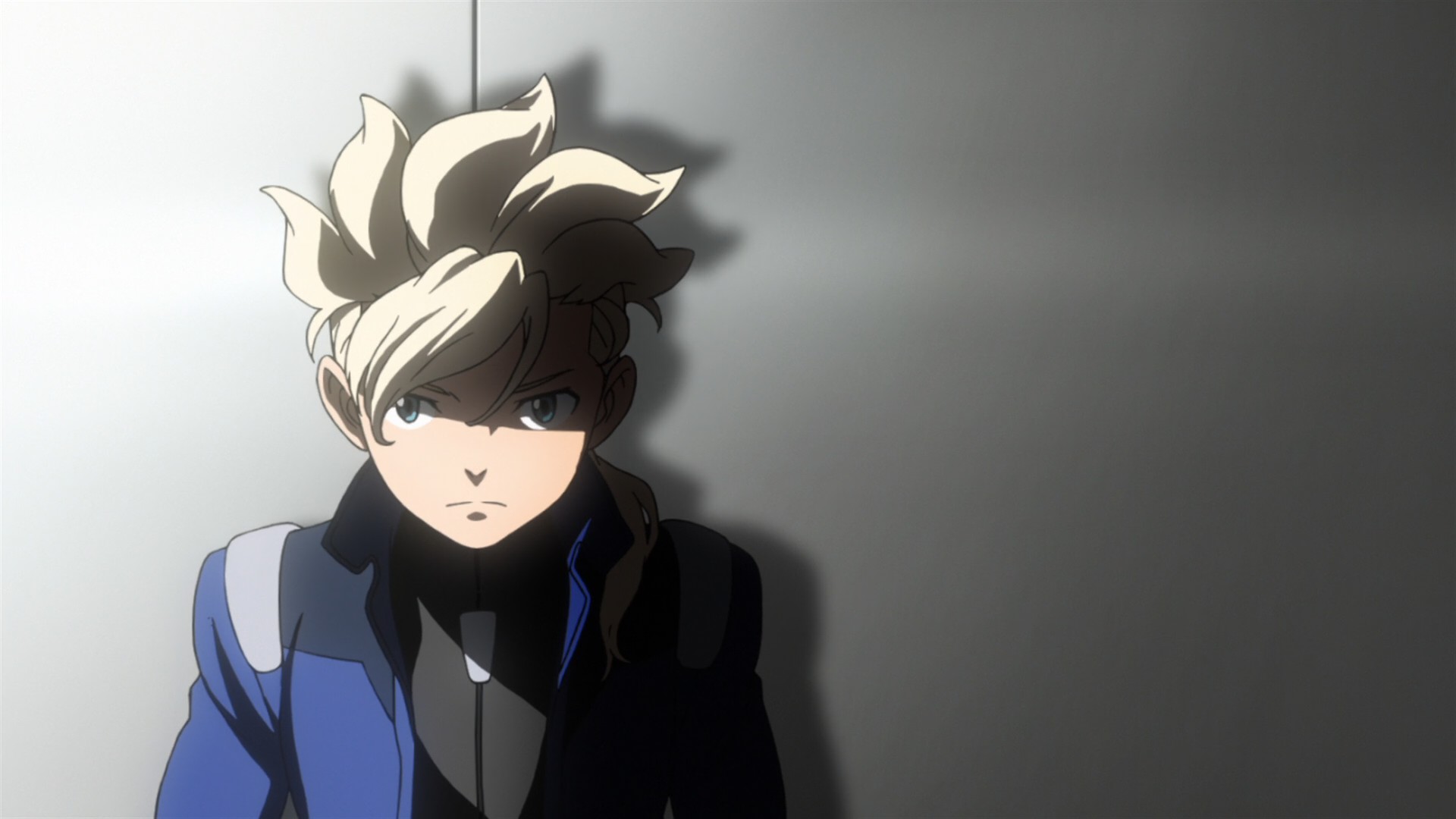
No fancy super abilities, no magical genetic advantages, Asemu established himself as a thorough pilot with extreme ability. And he is more than capable to continue the Gundam’s legacy.
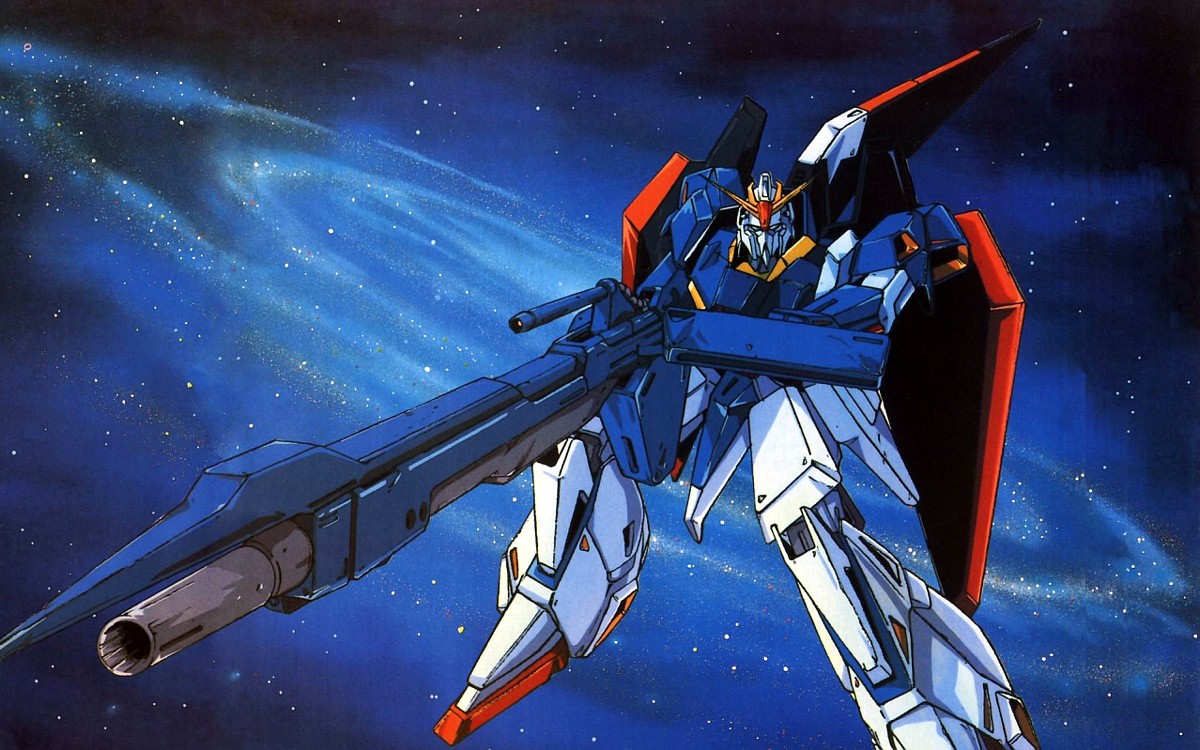
The first transformable Gundam in the franchise. The Zeta Gundam is an iconic mobile suit that paved the way for many Gundams that come after.
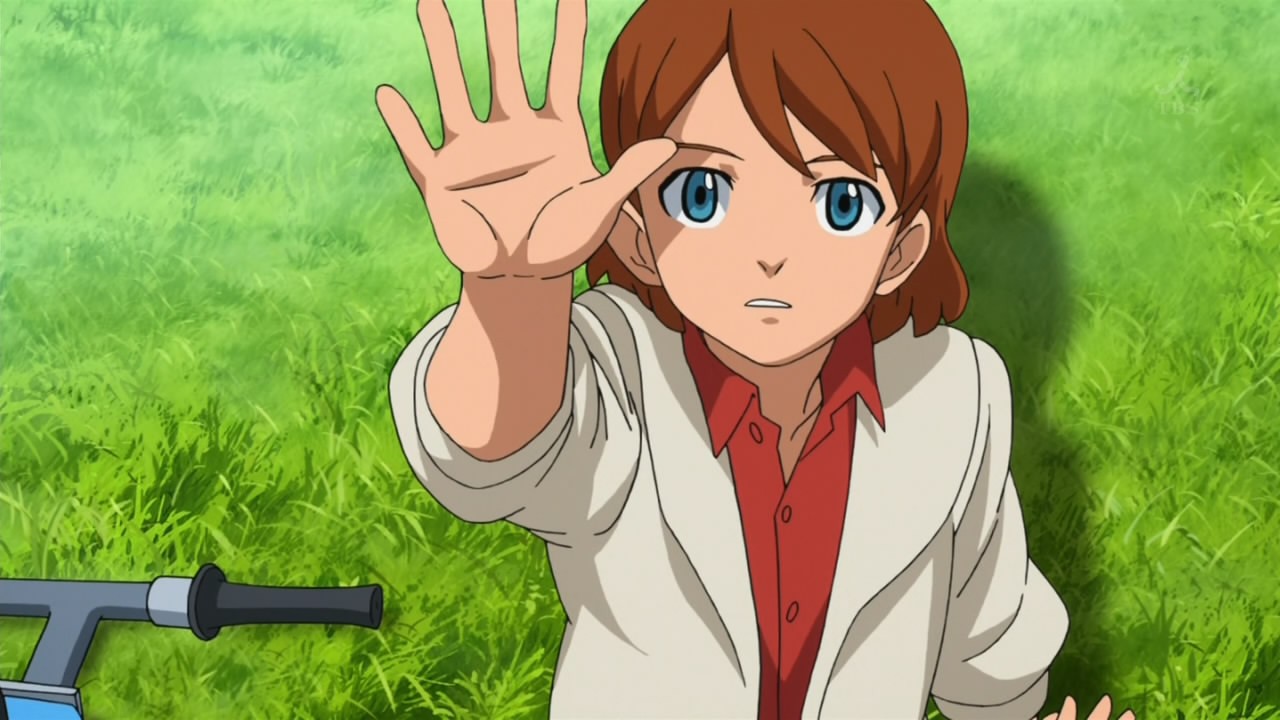
Gundam runs in the family. As Flit’s grandson and Asemu’s son, Kio Asuno follows in his family footstep as he become the ultimate pilot of the 3rd generation.
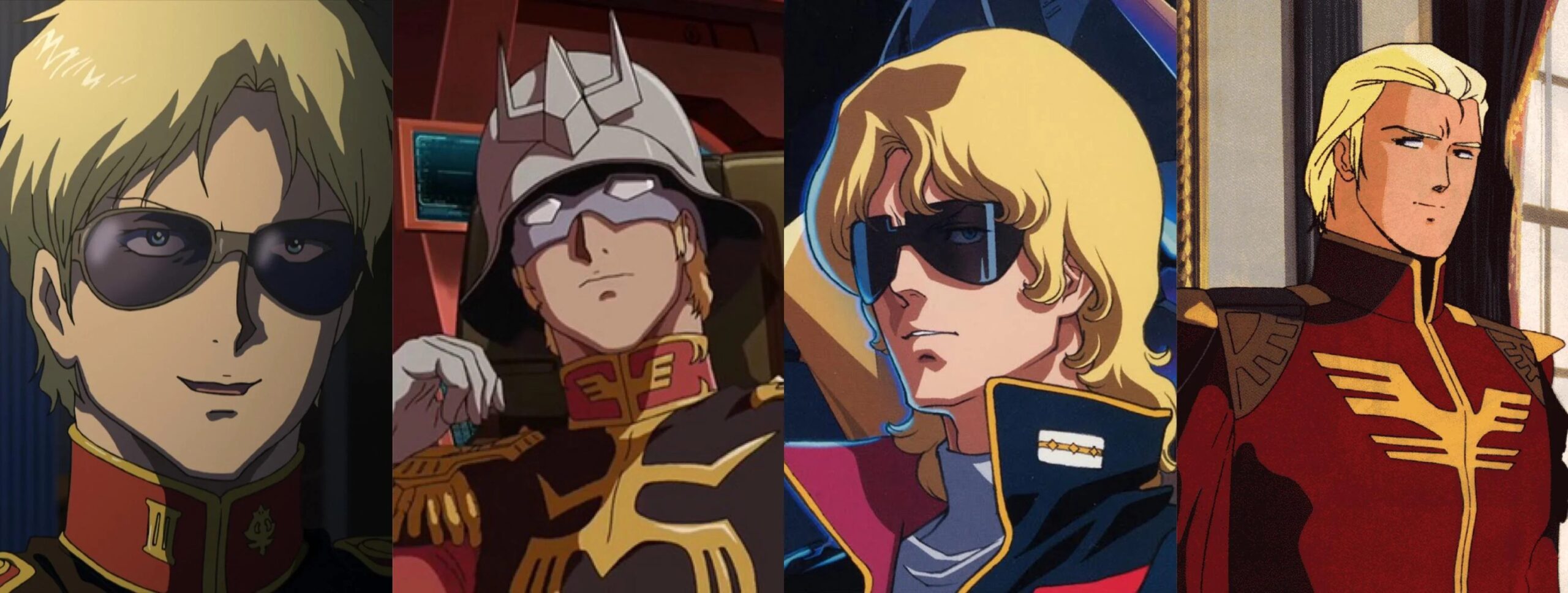
The Red Comet that flies 3x faster than anyone. A man shrouded by mystery and bloodshed. He is Char Aznable of Zeon – or is he…?
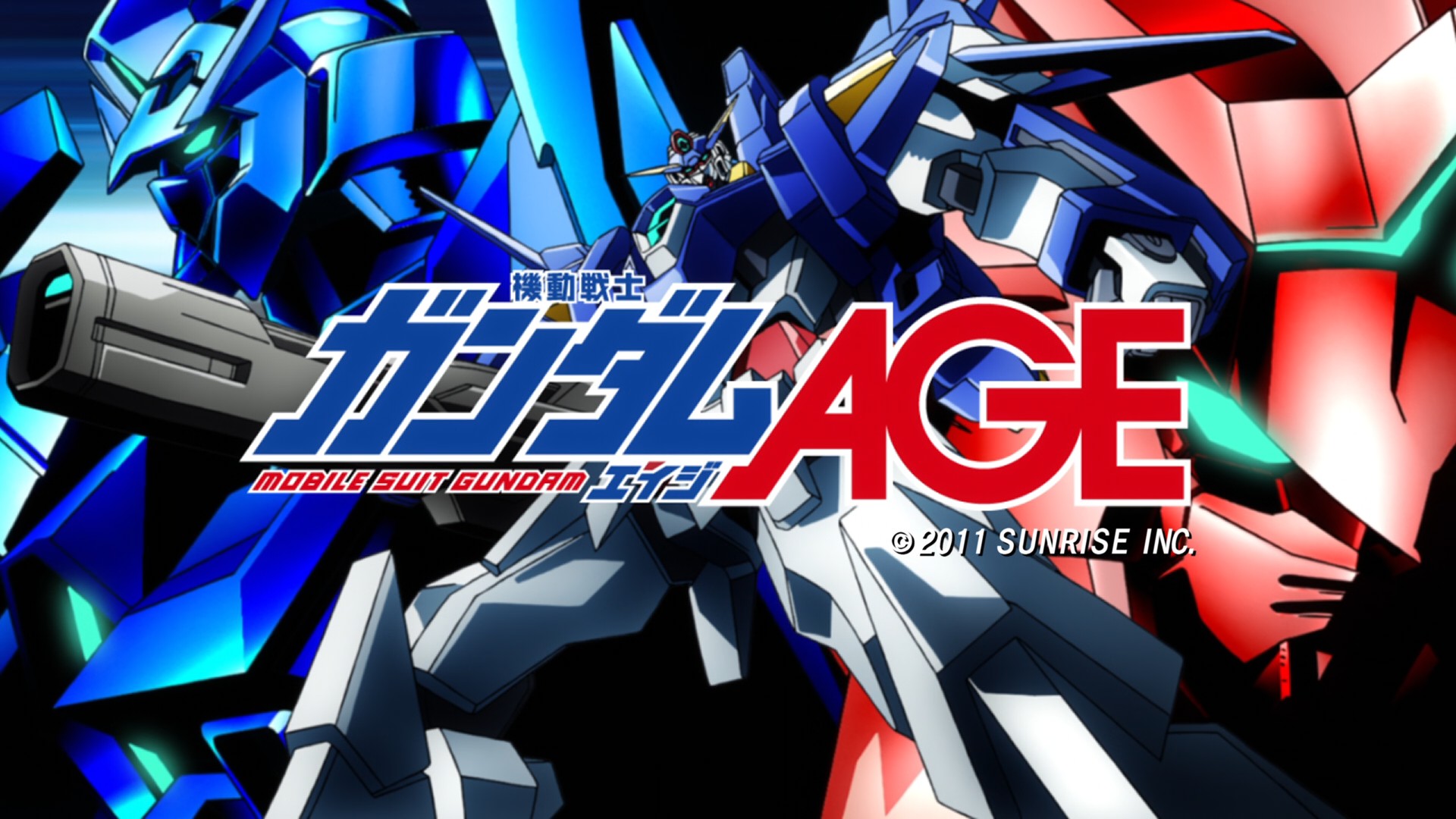
Another change in generation – the Age-3 Gundam continues to be the Asuno family’s ace in the hole, sporting all new gimmick and superior firepower.

The first Gundam pilot that paved the way for the legend of the “White Devil”. Amuro Ray is no doubt the franchise’s most iconic Gundam pilot.

The grandfather of all Gundams – the RX078-2 is a super prototype that paved the way for the Federation’s victory. It is both feared and revered by all.
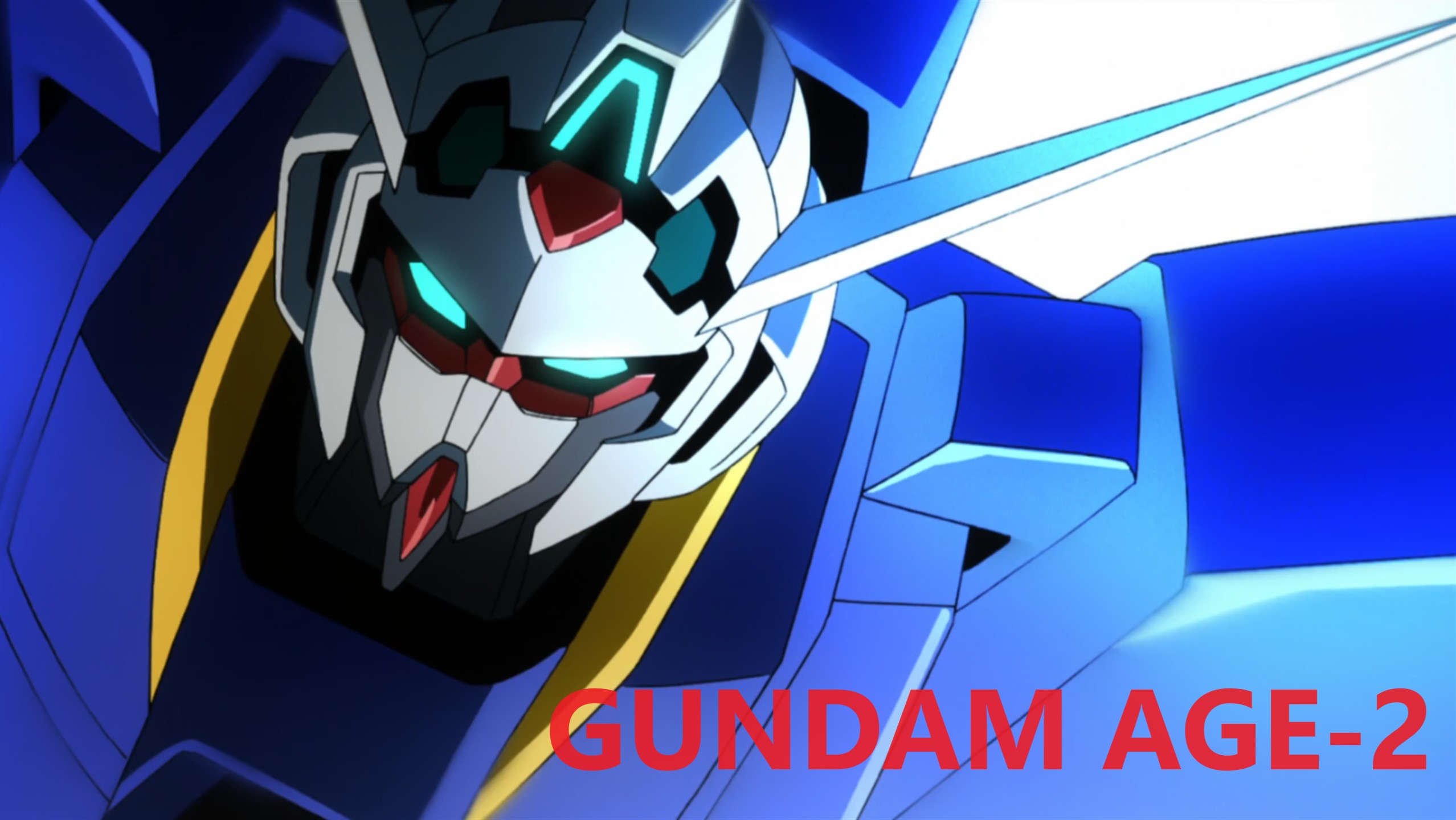
The 2nd generation Gundam, the Age-2 is a straight upgrade with a heavy focus on high mobility and great firepower. A vital element in the war between the Federation and the Vagan.
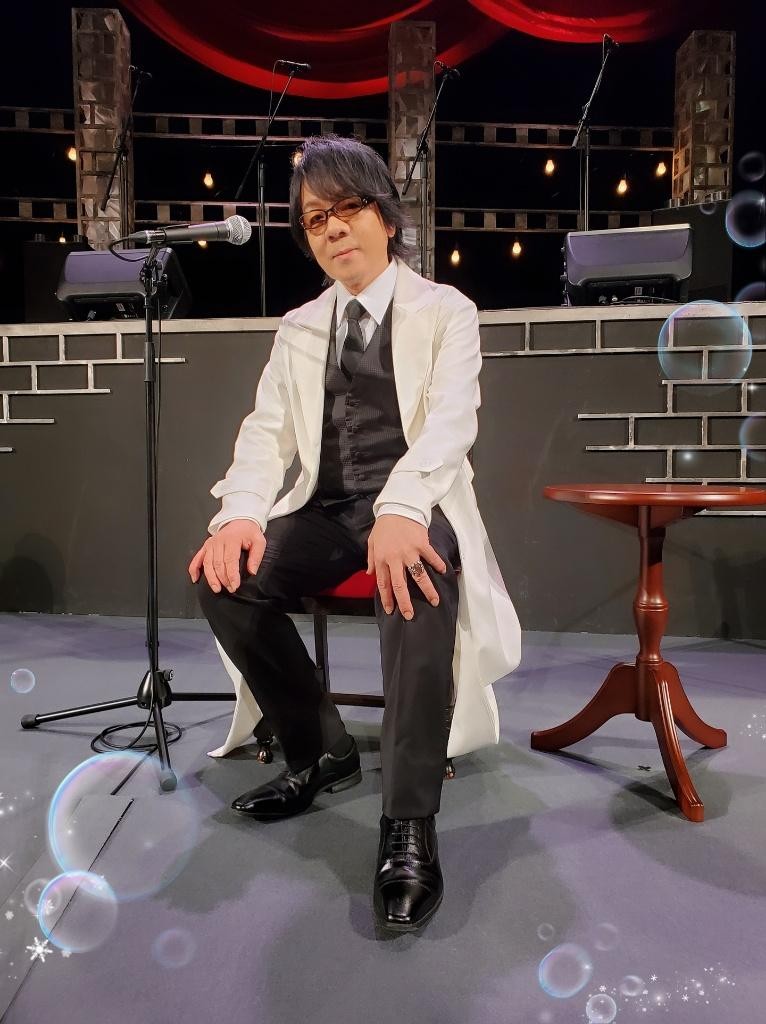
The voice of the best pilots and most gallant gentlemen in mecha, Show Hayami captivate boys and girls alike with his amazing voice acting.
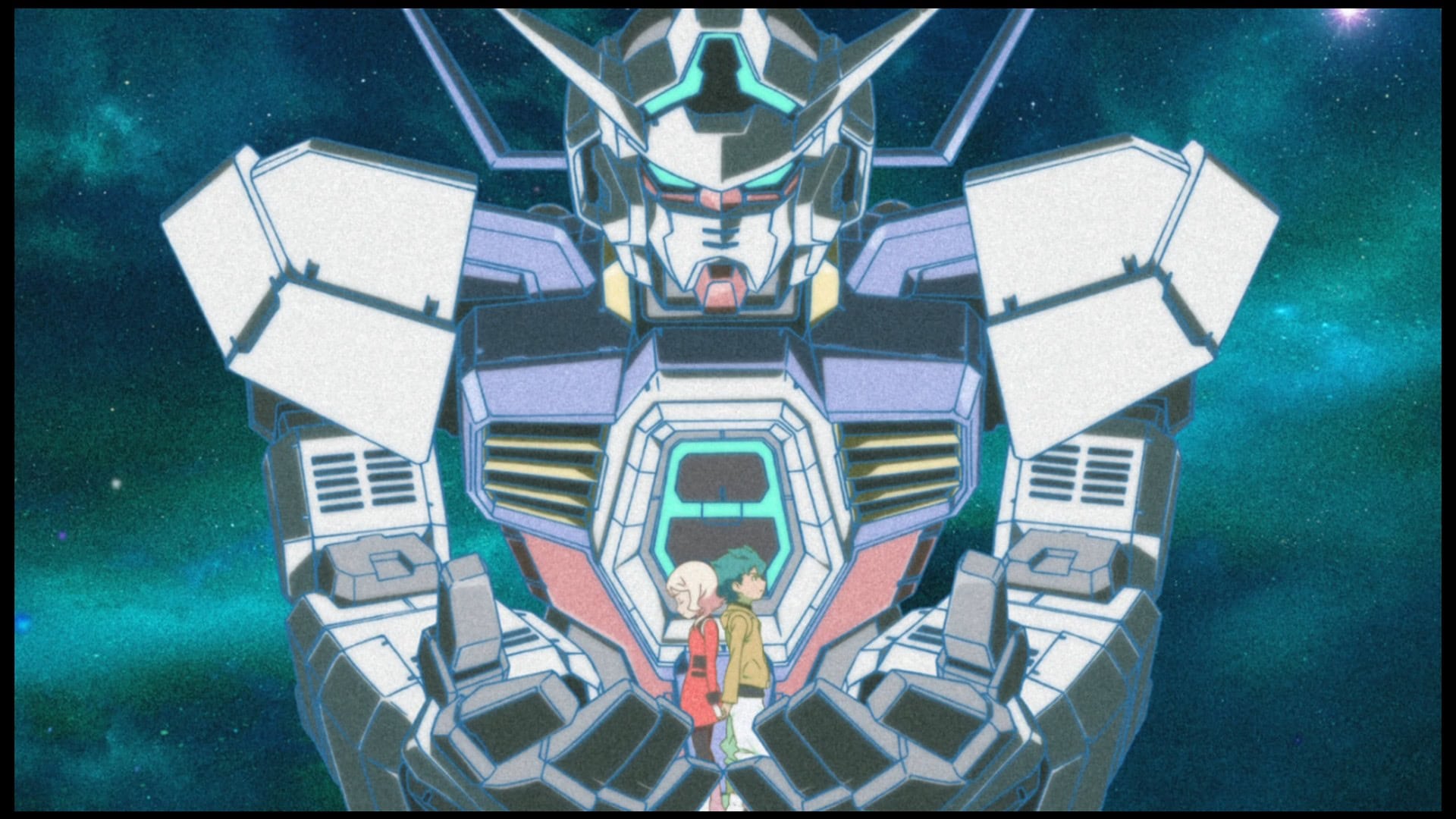
The first generation Gundam of the Advance Generation, the Age-1 Gundam is Flit Asuno’s most trusted partner and has served him for decades.
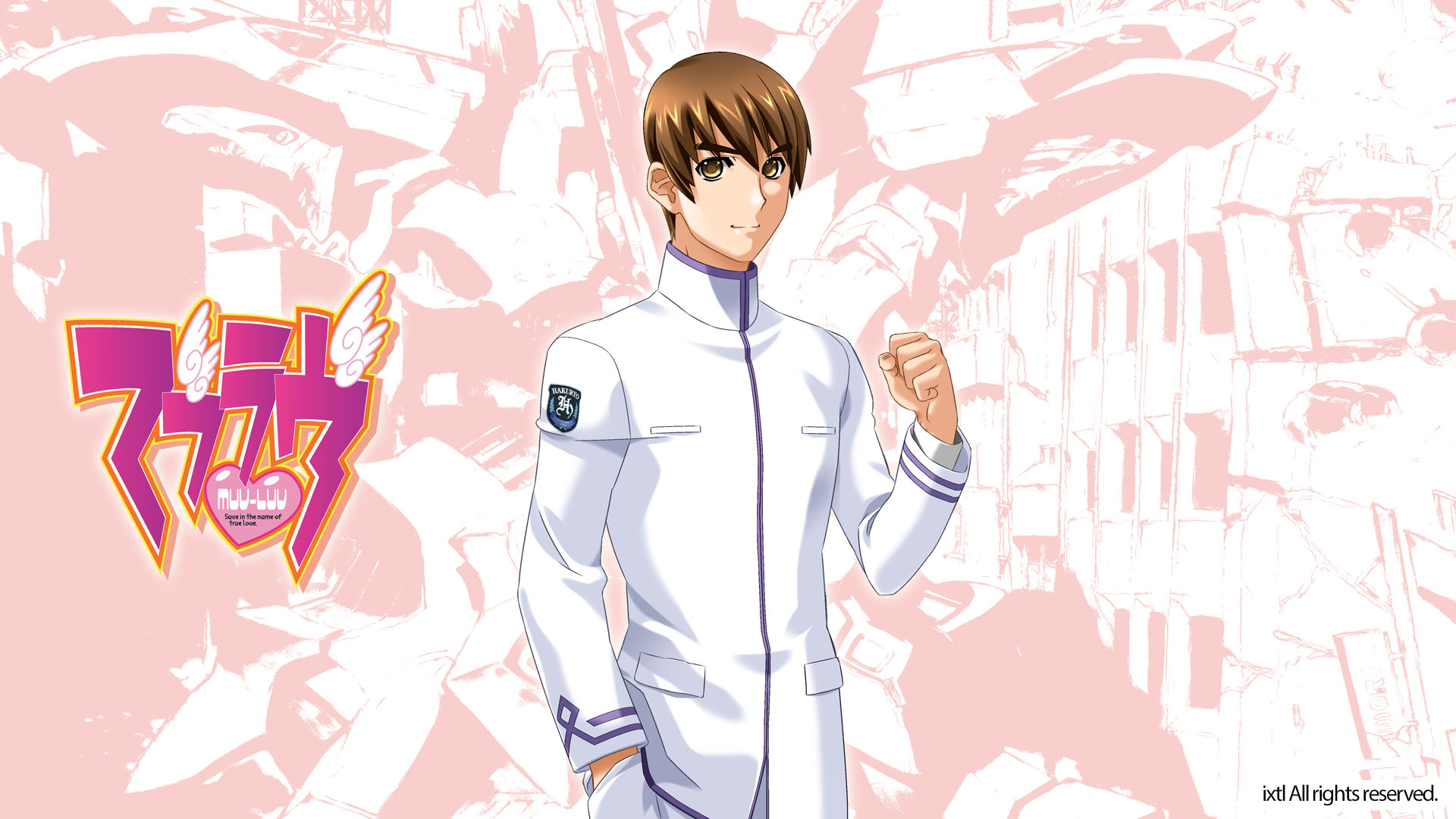
A normal teenage boy thrown into a brutal war for humanity’s survival. Thankfully his gamer skills aid him in becoming one of the best TSF pilot ever!
